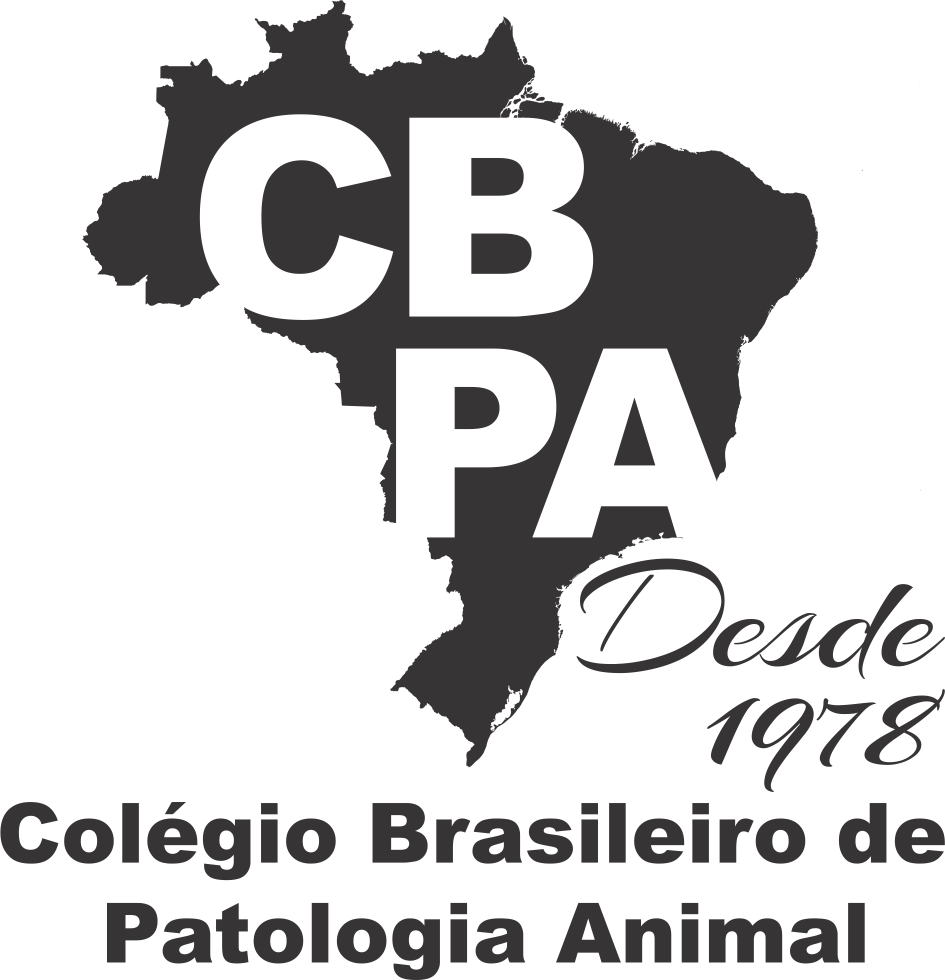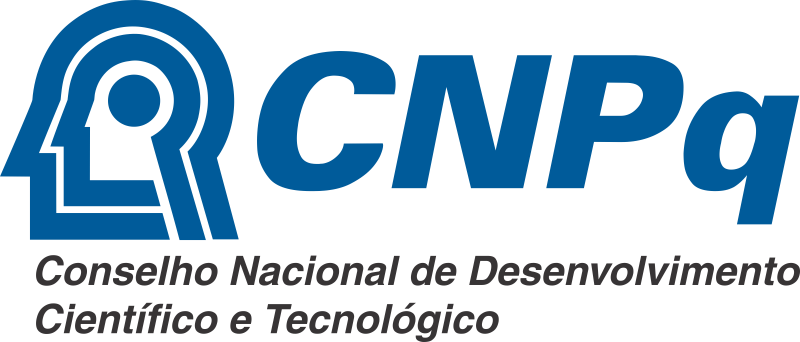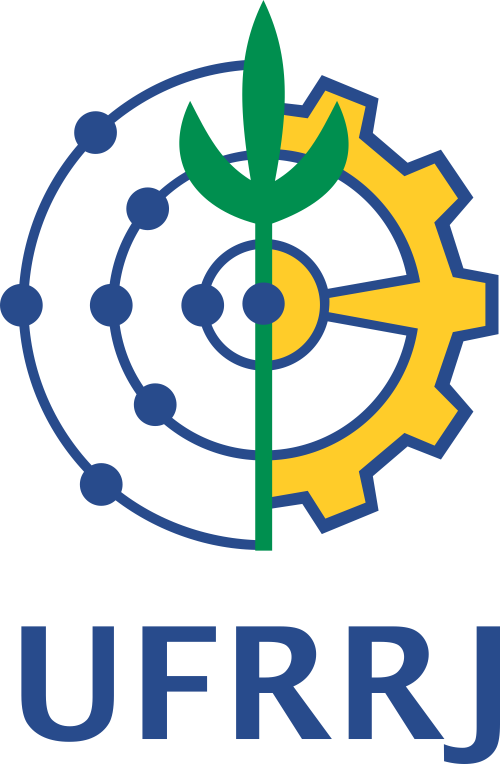Resultado da pesquisa (1)
Termo utilizado na pesquisa periparturient
#1 - Determination of the causative agent of periparturient period interdigital dermatitis that adversely affects reproduction and milk production in cows by MALDI-TOF
Abstract in English:
In recent years, problems associated with high milk yield in dairy cows have increased considerably. Today, interdigital dermatitis (ID) is one of the most significant problems across the dairy industry, threatening animal health and welfare and inducing serious productivity losses. The etiology and mechanism of damage caused by this disease, which disrupts quality of life, milk yield, and reproduction, have not yet been fully understood. In order to achieve the study objectives, 40 biparous cows (3 years old – second calving) that had lameness associated with ID from prepartum day 30 to postpartum day 60 (Study group) and 40 biparous cows (3 years old) without lameness symptoms during the specified period (Control group) constituted the material of the present study. There was no difference in the levels of non-esterified fatty acids in the blood samples collected from those animals during the dry period (45-60 days before parturition; P=0.38). There were differences between the groups in certain parameters, including beta-hydroxybutyric acid level in the postpartum period, weight loss in the first month, number of ovarian cysts in the first 60 days, milk production in the first month, and the first corpus luteum determination process. (P<0.001) There was no difference between the groups in terms of reproductive parameters (mode of delivery, litter viability, litter weight, litter weight, expulsion of membranes, etc.) and presence of infection (acute puerperal metritis) during birth (P>0.05 for all parameters). In addition to all of the above, Wohlfahrtiimonas chitiniclastica bacteria were isolated for the first time in microbiological samples collected from ID, which is a significant condition for dairy cows during the periparturient stage, contributing to the etiology of the disease, which has not been understood so far.
Abstract in Portuguese:
SEM RESUMO








